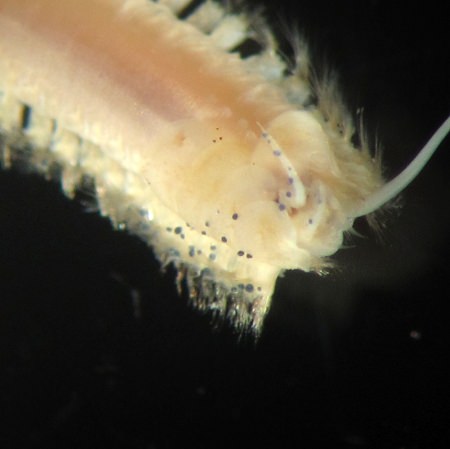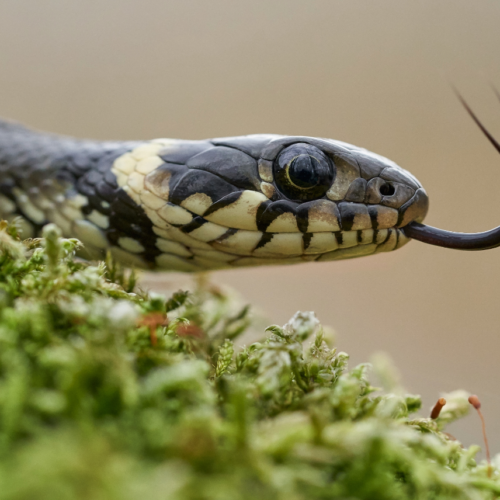Reports of microplastics in the ocean first came out in the 1960s when we were only producing 5m tonnes of plastic every year. In 2014 we produced 311m tonnes.
Now there are reports that there are microplastics in the fish we eat, in our tap water, and even in our bottled water.
The government is making moves to ban microplastics from cosmetic products and to set up initiatives like the bottle deposit scheme in Scotland, which, when introduced, will hopefully decrease the numbers of bottles, and cans, discarded and not recycled.
These initiatives do work. Since the introduction of the 5p charge for plastic bags, the positive impacts have been considerable. The number of single-use plastic bags sold by large retailers has dropped by 83%.
These are all small steps in the right direction.
But what can we do about the plastic that is already in our oceans?
Plastic in the ocean is transported by currents and accumulates in ‘gyres’ – large systems of circular currents. Once there the plastics accumulate. The most infamous one, the ‘Great Pacific Garbage Patch’, between California and Hawaii, can now apparently be seen from space.
The only project that is looking at cleaning up the ocean of plastic is The Ocean Cleanup project which plans to deploy a free-floating garbage collection system which will use the oceans currents to collect the plastic. They estimate that, once deployed, it will take 5 years to clean up 50% of the Great Pacific Garbage Patch, and will make a move towards a plastic-free ocean by 2050. Any other methods of actively cleaning up this rubbish are too costly and time consuming to be practicable.
Dealing with plastics at both ends of the lifecycle – changing our throwaway culture by education and incentivisation and removing the plastic waste we have already thrown away – will hopefully stop the increase in plastics finding their way into our food chain.
The fight against plastics is really a fight against human laziness and our inability to comprehend that everything we throw away as individuals does have an impact and a knock-on effect throughout the globe. The additive impact of the plastic thrown away by each and every one of us is hard to understand but something we need to recognise and address for the sake of future generations.
This image is a sample from our lab which shows clear evidence of the presence of microplastics.












